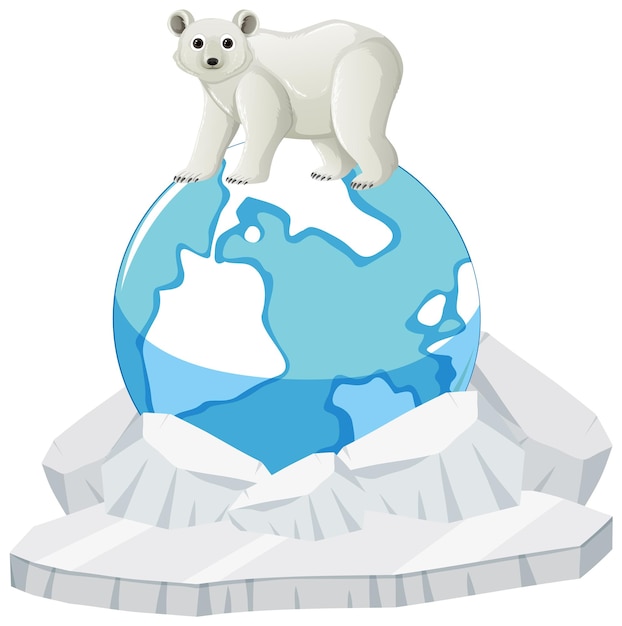Polar Bear Facts – Get to Know These Arctic Giants

Polar bears are the only bear species classified as marine mammals.
Despite their white fur, polar bears actually have black skin.
The scientific name for polar bears is Ursus maritimus, which means maritime bear.
Polar bears have a layer of blubber under their skin that can measure up to 11 cm (4.5 inches) thick.
The average lifespan of a polar bear in the wild is about 25 to 30 years.
Adult male polar bears can weigh up to 1,600 pounds, while females are smaller, weighing about 600 to 900 pounds.
Polar bears have a keen sense of smell, which helps them detect prey from miles away.
They are extremely strong swimmers and can swim for long distances.
Polar bears can reach speeds of up to 25 miles per hour on land.
They have partially webbed paws, which serve as excellent paddles when swimming.
Polar bears have a layer of transparent fur that appears white, allowing sunlight to reach their skin.
They rely mainly on seals as their main source of food.
Polar bears are excellent hunters and can go days or even weeks without food.
Female polar bears give birth to their cubs in a den made of snow and ice.
Cubs stay with their mother for about two to three years before becoming independent.
Polar bears are known for their sea ice habitat, which allows them to access their food sources.
Climate change poses a major threat to polar bears as melting sea ice affects their hunting grounds.
Polar Bear Facts – Get to Know These Arctic Giants part 2
Polar bears have adapted to the harsh Arctic environment with their thick fur, layer of blubber, and small ears to minimize heat loss.
They also have special adaptations like a humped back and long neck to assist in swimming and maneuvering in water.
Despite their iconic appearance, polar bears are considered vulnerable by the International Union for Conservation of Nature (IUCN).
Polar bears have been known to travel long distances to find sea ice, sometimes swimming for hundreds of miles.
They are highly solitary animals, with males and females coming together only for mating purposes.
Polar bears have a slow metabolic rate, allowing them to conserve energy during periods without food.
The largest polar bear ever recorded weighed over 2,200 pounds.
Polar bears have thick, sharp claws that help them dig through ice and snow to find seals.
They have an excellent sense of hearing, which helps them locate prey even when hidden under ice.
Polar bears have been observed using ice floes as platforms to hunt seals.
Despite their size, polar bears are surprisingly nimble and agile.
They have been known to engage in playful behavior with each other, sliding down slopes and wrestling.
Polar bears’ white fur helps them blend in with their icy surroundings, making them difficult for prey to spot.
They have a large nasal cavity that helps conserve heat and humidify the cold, dry air they breathe.
The population of polar bears is currently estimated to be around 22,000 to 31,000.
Polar bears have been a symbol of the Arctic region for centuries and are featured in indigenous folklore and myths.
They generally have two layers of fur, with a dense undercoat and guard hairs on top.
Polar bears are excellent swimmers, capable of crossing vast distances of open water.
They are known to travel long distances on migration, following the fluctuations of sea ice.
Polar bears have a unique walking gait, with their front paws turned slightly inward to distribute their weight over the ice.
They have a relatively low reproductive rate, with females giving birth to only one to three cubs at a time.
Polar bears are extremely well-adapted to the cold, with a thick layer of fat and a small surface area-to-body volume ratio.
They have a specialized liver that allows them to process and store large amounts of Vitamin A, which they obtain from eating seals.
Polar bears have been known to curl up and sleep in a donut shape to conserve body heat.
They are excellent diggers, using their powerful claws to excavate dens in the snow.
Polar bears have a layer of fur on the soles of their paws, which helps provide traction on ice.
They are skilled at camouflage, lying motionless on the ice to blend in with their surroundings while waiting for prey.
Despite their fierce reputation, polar bears are generally non-aggressive towards humans and will not seek out confrontations unless provoked.

